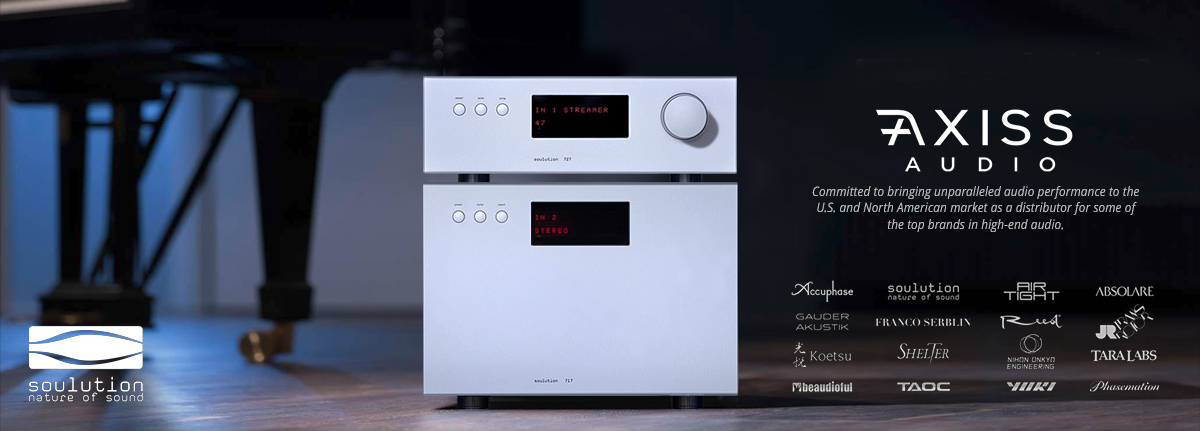I've posted this several times already, but fell on deaf ears to some. But you really need to listen to what he's actually saying, because he's a very clever man, and knows the myths surrounding analog volume controls. So he presented things in a way that the naysayer would have trouble arguing with. IE, "
Analog volume controls are better", but this is
only if they have a noise floor below -135db. Good luck with that

But then you also have other artifacts with analog volume controls as well like the extra circuity in the signal path, so it's pretty much ridiculous if you think you can do a better analog volume control in a DAC with a Sabre chip, than the digital one in the chip. However, the DAC must have a very low noise floor for this to be true. Great example, the NADAC.
















